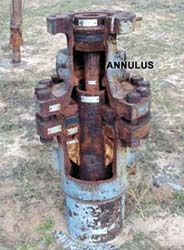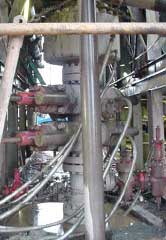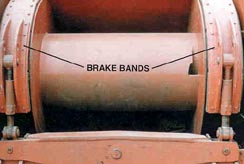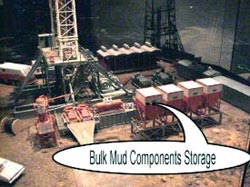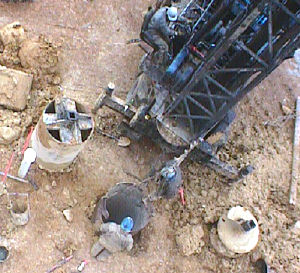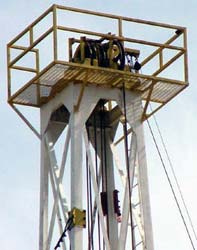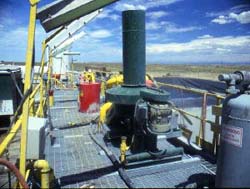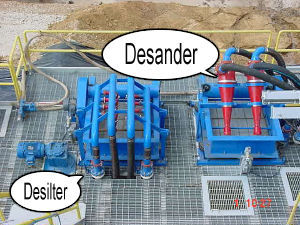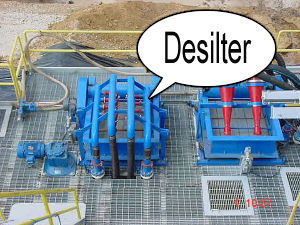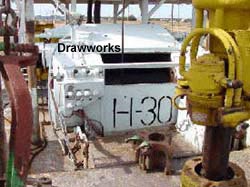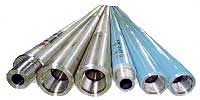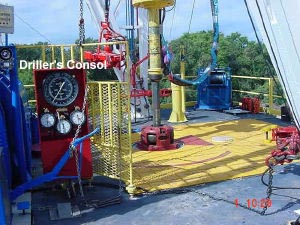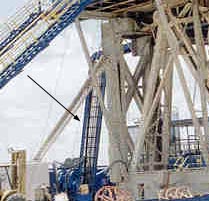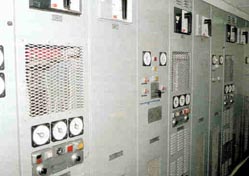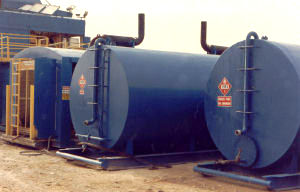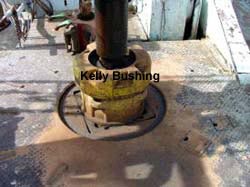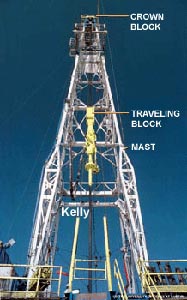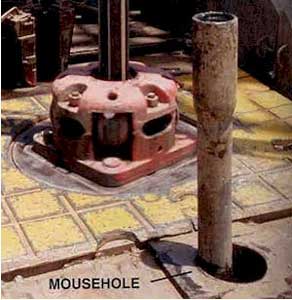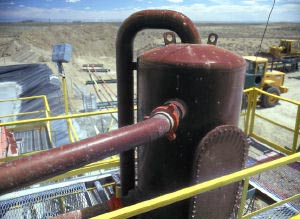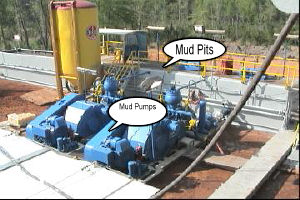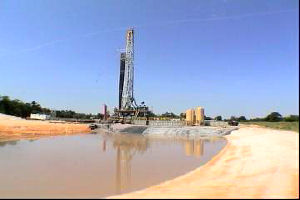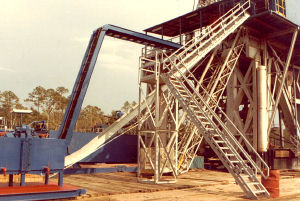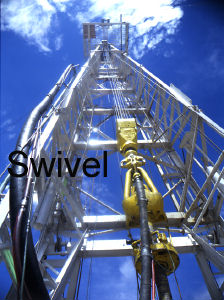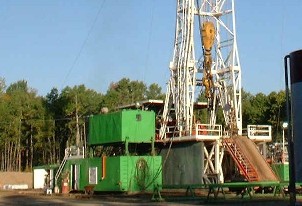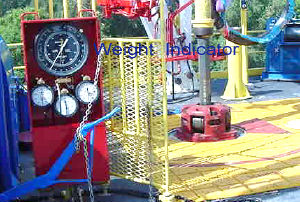Oil and Gas Well Drilling and Servicing eTool
Oil and Gas Well Drilling and Servicing » Glossary of Terms - I
† This is an abridged version of the Dictionary of Petroleum Terms provided by Petex and the University of Texas Austin. © Petex 2001
IADC International Association of Drilling Contractors
n: a trade association that represents the interests of members of the drilling segment of the oil and gas industry. It offers publications regarding recommended industry practices and training materials.
impeller
n: a set of mounted blades used to impart motion to a fluid air or gas (such as, the rotor of a centrifugal pump).
impermeable
adj: preventing the passage of fluid. A formation may be porous yet impermeable if there is an absence of connecting passages between the voids within it. See permeability.
impression block
n: a block with lead or another relatively soft material on its bottom. It is made up on drill pipe or tubing at the surface, run into a well, and set down on the object that has been lost in the well. The block is retrieved and the impression is examined. The impression is a mirror image of the top of the fish; it also indicates the fish’s position in the hole, for example, whether it is centered or off to one side. From this information, the correct fishing tool may be selected.
induction log
n: an electric well log in which the conductivity of the formation rather than the resistivity is measured. Because oil-bearing formations are less conductive of electricity than water-bearing formations, an induction survey, when compared with resistivity readings, can aid in determination of oil and water zones.
inflatable packer
n: a packer with an element that inflates by means of gas or liquid pumped from the surface through a line. It is deflated by means of slots that can be opened to allow the gas or liquid to flow out. They are used when a temporary packer is needed in a hole.
injection gas
n: 1. a high-pressure gas injected into a formation to maintain or restore reservoir pressure. 2. gas injected in gas-lift operations.
injection log
n: a survey used to determine the injection profile, that is, to assign specific volumes or percentages to each of the formations taking fluid in an injection well. The injection log is also used to check for casing or packer leaks, proper cement jobs, and fluid migration between zones.
injection water
n: water that is introduced into a reservoir to help drive hydrocarbons to a producing well.
injection well
n: a well through which fluids are injected into an underground stratum to increase reservoir pressure and to displace oil. Also called input well.
injector head
n: a control head for injecting coiled tubing into a well that seals off the tubing and makes a pressure tight connection.
inland barge rig
n: an off shore drilling structure consisting of a barge on which the drilling equipment is constructed. It is positioned on location, then the barge is sunk.
insert
n: 1. a cylindrical object, rounded, blunt, or chisel-shaped on one end and usually made of tungsten carbide, that is inserted in the cones of a bit, the cutters of a reamer, or the blades of a stabilizer to form the cutting element of the bit or the reamer or the wear surface of the stabilizer. Also called a compact.
insert pump
n: a sucker rod pump that is run into the well as a complete unit.
intake valve
n: 1. the mechanism on an engine through which air and sometimes fuel are admitted to the cylinder. 2. on a mud pump, the valve that opens to allow mud to be drawn into the pump by the pistons moving in the liners.
intermediate casing string
n: the string of casing set in a well after the surface casing but before production casing is set to keep the hole from caving and to seal off formations. In deep wells, one or more intermediate strings may be required.
internal cutter
n: a fishing tool containing metal-cutting knives that is lowered into the inside of a length of pipe stuck in the hole to cut the pipe. The severed portion of the pipe can then be returned to the surface. Compare external cutter.



